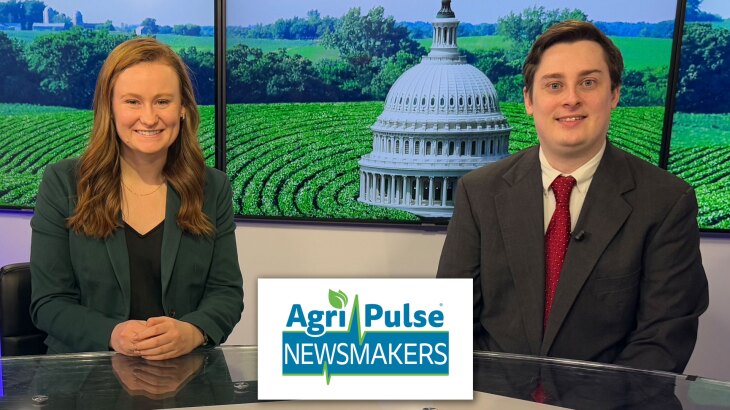The ag industry is still working to learn more about infections of HPAI in dairy cattle. It has been more than a week since an order went into effect, requiring testing before interstate travel, and animal health experts hope it helps protect the multi-billion dollar industry.
During an average week, 50,000 dairy cattle move across state lines here in the United States. Keith Poulsen, the director of Wisconsin’s Veterinary Diagnostic Lab says the testing requirement was the right call and can help stop the spread between states.
An outbreak of the virus in the U.S. poultry sector has been going on since early 2022, and researchers are hoping they can take what they have learned from those cases and apply it to what is happening with cattle.
So far, nine states have reported cases of HPAI in dairy cattle. None have reported any cases since the travel restrictions went into place. However, federal officials say the virus has likely been around cattle for some time, with tests showing an infection was likely present in one case late last year. The ag sector has been cautious since the first case, and NASDA says teamwork will help keep the industry safe.
“This has been one where we have been very, making sure there’s a lot of collaboration occurring between the states and also the federal government and ensuring that we understand that this is an animal issue. This is one that our state department of ag, our state veterinarian officials, and also APHIS are working in strong collaboration to make sure that they can find a workable solution for the dairy industry and the members at large,” said RJ Karney.
Despite concern among producers, the food supply remains safe. USDA, along with the FDA, say pasteurization rends the virus ineffective in milk and properly prepared beef is still safe to eat.









